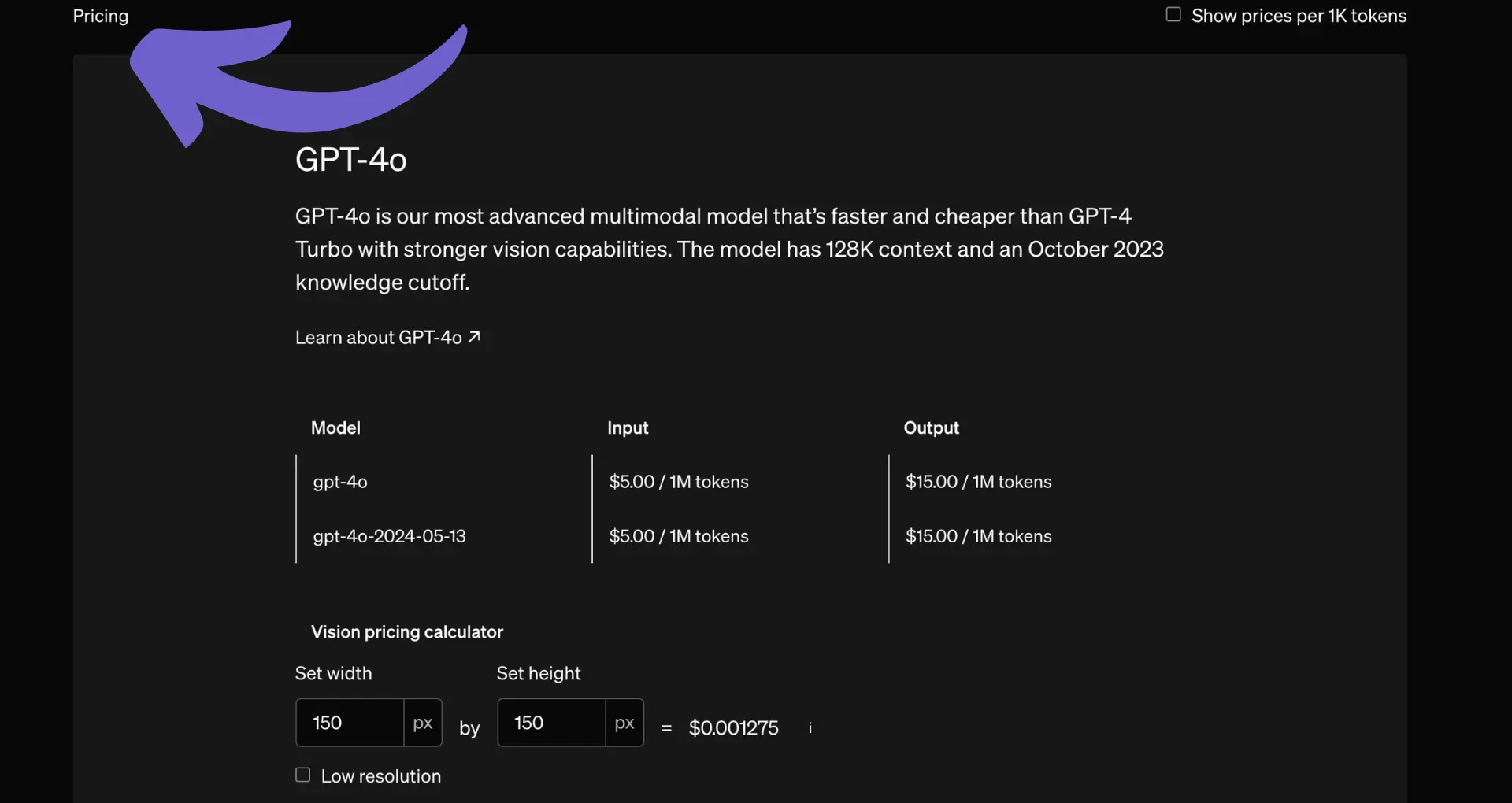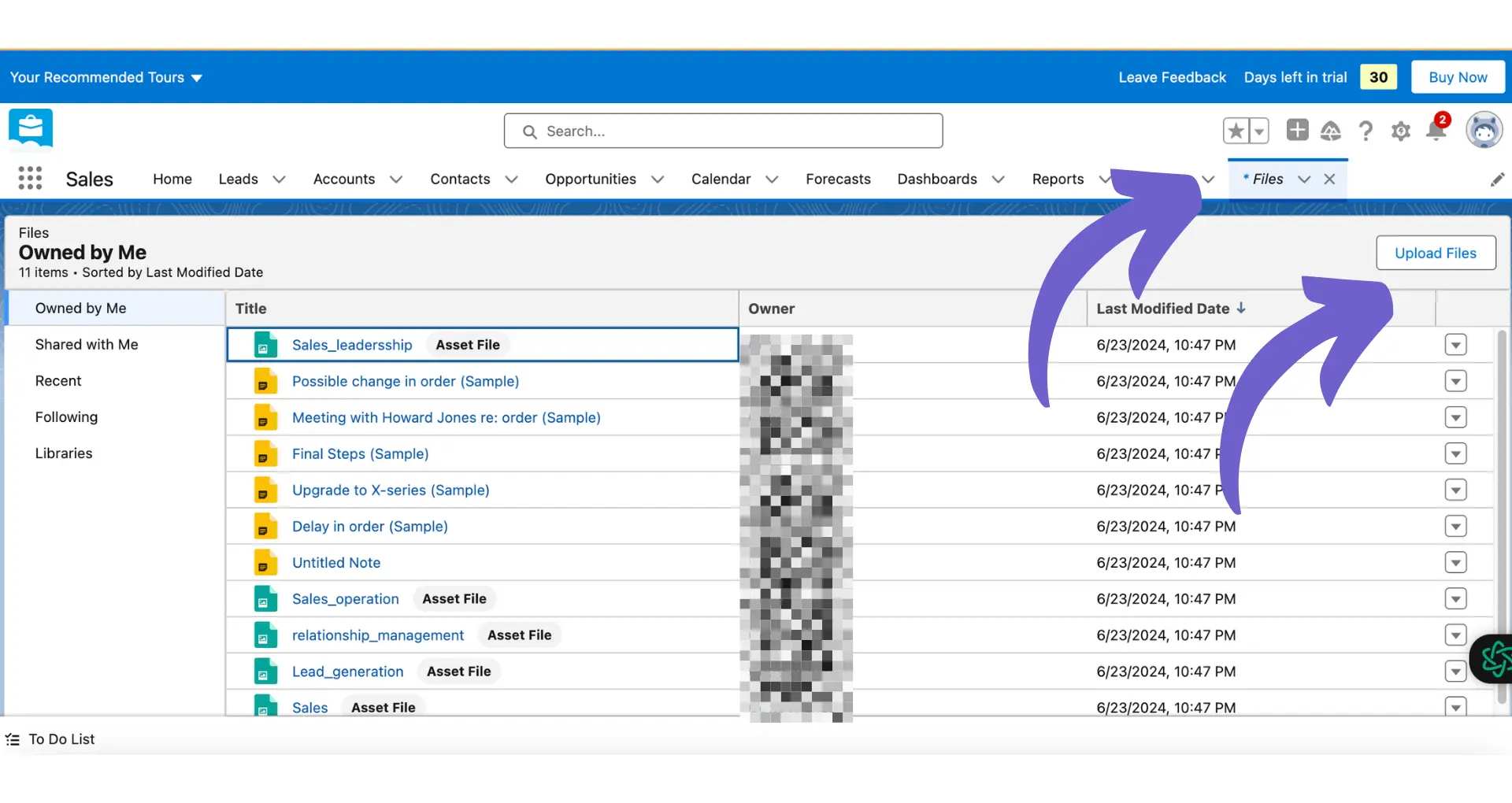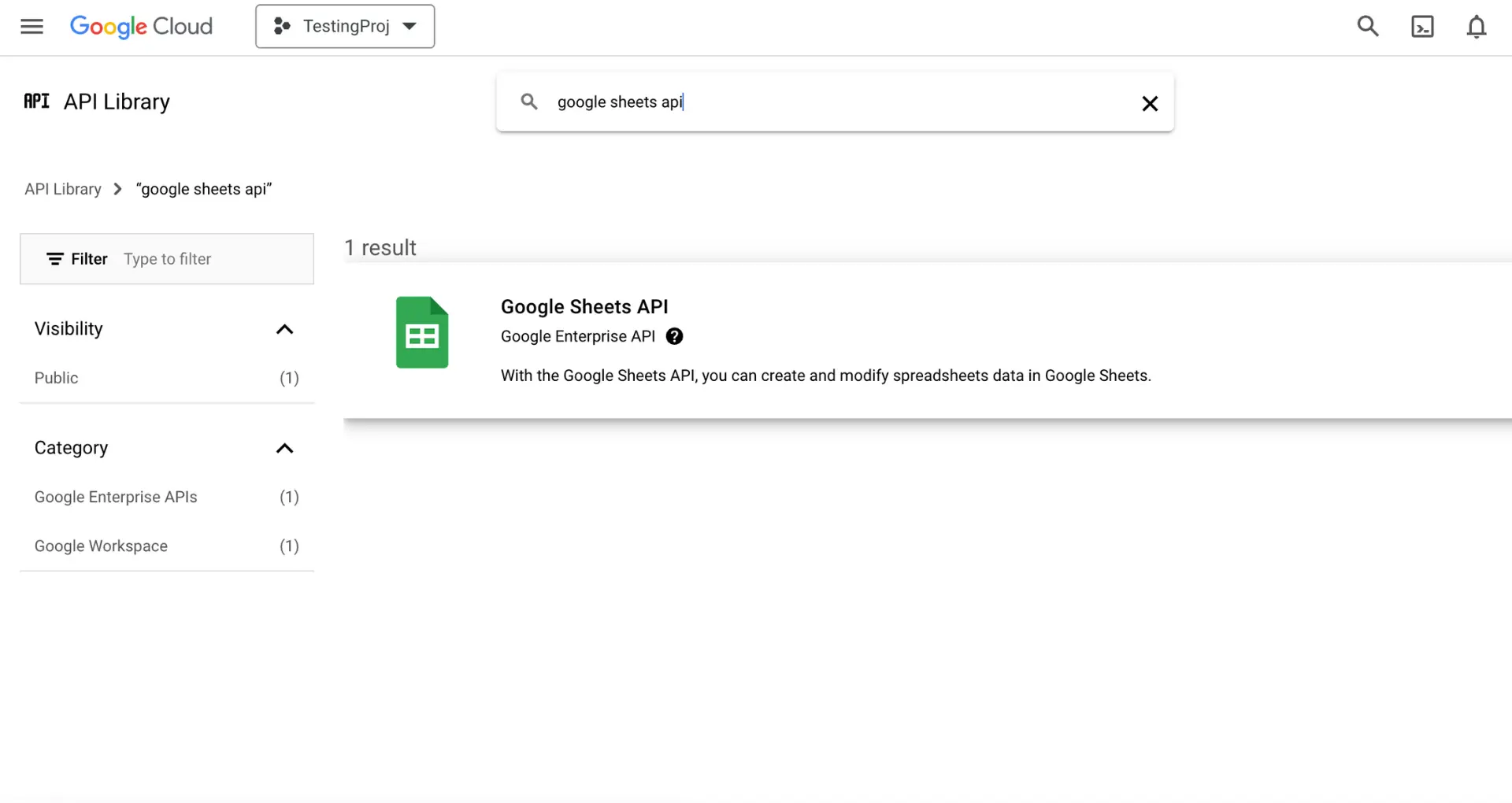Notion's embed blocks allow you to seamlessly integrate various types of content, such as videos, documents, and web pages, into your Notion pages. This powerful feature enhances the functionality and versatility of your workspace. In this step-by-step guide, we'll walk you through the process of creating an embed block in Notion, from understanding the basics to mastering advanced techniques.
Understanding Embed Blocks in Notion
Embed blocks in Notion are powerful tools that allow you to integrate various types of content seamlessly into your pages. With embed blocks, you can bring external content directly into your workspace, enhancing the functionality and visual appeal of your Notion pages.
Notion supports a wide range of embeddable content, including:
- Videos from platforms like YouTube, Vimeo, and Loom
- Documents such as PDFs, Google Docs, and Microsoft Office files
- Web pages and interactive elements like maps, social media posts, and code snippets
By using embed blocks, you can create a centralized hub for all your relevant content, eliminating the need to switch between multiple apps or websites. This streamlines your workflow and keeps all the necessary information easily accessible within Notion. If you need to transfer LinkedIn profile data into a Notion database, check out this playbook for LinkedIn to Notion.
Preparing Content for Embedding
Before you can embed content in Notion, it's essential to ensure you have the correct URL or embeddable link. Most platforms and services provide specific embed links that allow their content to be seamlessly integrated into other websites or applications like Notion.
To obtain embed links from popular services:
- YouTube: Click the "Share" button below the video, then select "Embed." Copy the provided HTML code or the video URL.
- Google Docs: Open the document, click "File," then "Publish to the web." Choose "Embed" and copy the provided HTML code. Learn more on how to integrate Google Drive with other apps.
- Google Maps: Click the "Share" button in the sidebar, then select "Embed a map." Copy the provided HTML code or the map URL.
Other platforms, such as Vimeo, Loom, and Figma, offer similar options for obtaining embed links. Be sure to look for the "Share" or "Embed" buttons within the platform's interface to access the necessary links or codes.
Once you have the correct embed link, you're ready to add the content to your Notion page using the embed block feature. For better engagement, you can also automate lead management tasks related to your embedded content.
Use Bardeen to automate lead management from your embedded content. Save time and focus on what matters.
Step-by-Step Guide to Creating an Embed Block
Adding an embed block to your Notion page is a straightforward process. Here's how to do it:
- Click the "+" button that appears on the left side of the page when you hover over a new line.
- From the menu, select "Embed" or choose one of the pre-configured embed types, such as Tweet, Google Maps, or PDF.
- Paste the URL or embed link of the content you want to embed into the input field that appears.
- Press Enter or click outside the input field to create the embed block.
Alternatively, you can use the slash command to create an embed block:
- Type "/embed" on a new line and press Enter.
- In the menu that appears, paste the URL or embed link of the content.
- Press Enter to create the embed block.
If you encounter issues with the embedded content not displaying correctly, try the following troubleshooting tips:
- Ensure that the URL or embed link is correct and valid.
- Check if the source website allows its content to be embedded. Some websites may prohibit embedding on external platforms.
- If you're using Notion's desktop or mobile app, keep in mind that embeds requiring login to an external site may not work properly. Try accessing the page through a web browser instead.
By following these simple steps and keeping the troubleshooting tips in mind, you'll be able to easily add embed blocks to your Notion pages and enhance your content with interactive elements. For more complex tasks, consider using web scraping tools.
Advanced Embedding Techniques
For users looking to take their Notion embeds to the next level, there are advanced embedding options to explore.
One powerful technique is using iframe tags for custom integrations. By generating an iframe code for the desired content and pasting it into a Notion code block, you can embed a wide range of external resources seamlessly within your Notion pages.
When working with embedded content, it's crucial to ensure that it is responsive and visually appealing across different devices and screen sizes. Here are some tips to optimize your embeds:
- Adjust the width and height attributes of the iframe to ensure proper sizing and aspect ratio.
- Use CSS styling within the iframe code to customize the appearance and layout of the embedded content.
- Test your embeds on various devices to ensure they adapt and display correctly.
Another advanced embedding technique is leveraging Notion's API to create dynamic embeds that update in real-time. By integrating with external data sources or APIs, you can display live information, such as stock prices, weather updates, or project progress, directly within your Notion pages.
When implementing advanced embeds, it's essential to consider the overall performance and loading speed of your Notion pages. Be mindful of the number and size of embeds to prevent slow loading times or excessive resource consumption.
Save time and focus on important work by using AI web scraping tools to automate your data gathering tasks.
By exploring these advanced embedding techniques, you can elevate your Notion pages and create highly interactive and dynamic content that enhances your team's collaboration and productivity. Learn more about data enrichment techniques to further improve your workflow.
Best Practices and Use Cases for Embed Blocks
To make the most of Notion's embed blocks, it's essential to follow best practices that enhance page functionality and user experience. Here are some tips for managing and organizing your embedded content:
- Create dedicated sections or pages for specific types of embeds, such as videos, documents, or external tools, to keep your content organized and easy to navigate.
- Use descriptive titles and captions for your embeds to provide context and make them more discoverable through Notion's search function.
- Regularly review and update your embedded content to ensure it remains relevant and functional, replacing outdated or broken embeds as needed.
- Leverage Notion's built-in formatting options, such as columns and dividers, to create visually appealing layouts that integrate embeds seamlessly with other page elements.
Embed blocks can be used in a variety of real-world scenarios to streamline workflows and boost productivity. Here are some use cases to inspire you:
- Educational projects: Embed YouTube videos, SlideShare presentations, and interactive quizzes to create engaging learning resources for students or training materials for employees.
- Professional portfolios: Showcase your work by embedding Behance or Dribbble projects, Loom video demos, and GitHub repositories directly into your Notion-based portfolio.
- Personal knowledge management: Integrate Kindle highlights, Evernote notes, and Pocket articles into your Notion setup to centralize your learning and create a personalized knowledge base.
- Team collaboration: Embed Miro whiteboards, Figma designs, and Google Docs to facilitate seamless collaboration and keep all project assets accessible in one place.
By leveraging embed blocks strategically and following best practices, you can unlock the full potential of Notion as a versatile and powerful tool for organizing, sharing, and collaborating on content across various domains.






